Whether you freedive or scuba dive, the chances are you heard of, seen, or unfortunately experienced, mask squeeze – or face squeeze as it is sometimes known. Though for anyone who has experienced it, it feels more like a mask suck than a mask squeeze! So what is it and why does it happen?
 What is Mask Squeeze?
What is Mask Squeeze?
Put simply, mask squeeze is when air is compressed inside your mask during descent, causing the mask to squeeze hard against your face. This action in its mildest form can simply leave an indentation of the mask around your face. More serious examples of mask squeeze result in varying degrees of barotrauma. Whilst not fatal, the results can be quite impressively horrific to look at (think red-eyed zombies and you’re getting close).
In scientific terms, mask squeeze is caused by failure to equalise the pressure inside the mask. This pressure increases the further you descend.
According to Boyle’s Law:
The absolute pressure exerted by a given mass of an ideal gas is inversely proportional to the volume it occupies if the temperature and amount of gas remain unchanged within a closed system.
What this means is that the deeper we descend, the smaller the air spaces become in our bodies, and to prevent injury we need to move air from our lungs or our mouth into these spaces to bring them back up to the volume we had at the surface.
When is Mask Squeeze Most Likely To Occur?
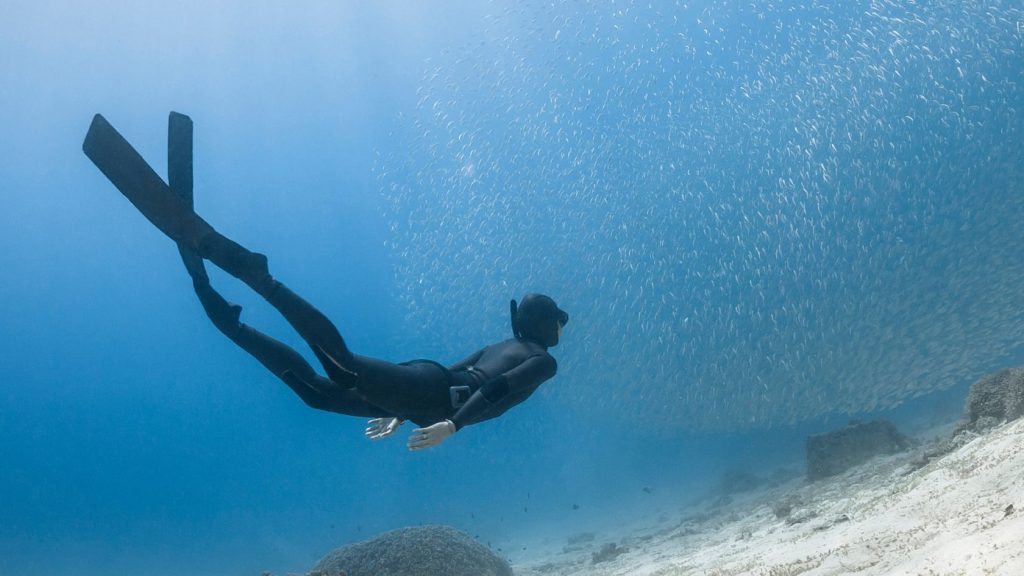
When you freedive, even to a depth of just a couple of meters, your body is subject to the effects of pressure. The effects of pressure and depth on freedivers is far greater than the ones we usually experience in our day-to-day lives, and without an understanding of how they affect the body and how to deal with them, serious injury can occur.
At sea level, the pressure of the air that surrounds us equal to 1 bar, which is sometimes referred to as 1 atmosphere. Dive to just 10 meters deep and that pressure is doubled – because water is much denser than air, it exerts a much greater compressive force on your body.
For every additional 10 meters deeper you dive, the pressure on your body increases by 1 bar. As you can see from the table below, our bodies are subject to 3 bars or atmospheres of pressure at a depth of 20 meters and 4 bar/atm at 30m.
| Depth | Bar/atmospheres (ATM) of pressure | Volume of air in our bodies |
| 0 meters (surface) | 1 | 1 |
| 10 meters | 2 | 1/2 |
| 20 meters | 3 | 1/3 |
| 30 meters | 4 | 1/4 |
The effects of mask squeeze are dependent upon descent, so most snorkelers won’t experience this condition – unless of course, they dive deep. You can expect to feel the effects of mask squeeze before reaching depths of 10 metres, making it vital for all new divers to be aware of, and some older divers to be reminded of too!
By the time a freediver has reached 10 metres depth, the volume of air in their air spaces has halved. This means that 50% extra air has to be taken from the lungs and/or mouth and moved into the mask to compensate. A freediver only has the air in their lungs for their dive and so every little bit of air (and the oxygen it contains) is vital to help prolong the dive or make it deeper. Putting air into the mask is often seen as a frustrating waste.
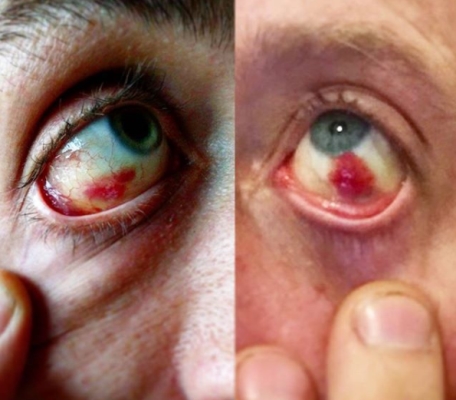 What Type of Injuries Does Mask Squeeze Cause?
What Type of Injuries Does Mask Squeeze Cause?
The type of injuries caused by mask squeeze can range from superficial pressure marks on the face where the mask has tightened, through to swelling or bruising on the face and red spots or bloodshot eyes. More severe examples include nosebleeds and the entire whites of the eyes turning red!
Is Mask Squeeze Dangerous?
Mask squeeze is more embarrassing than dangerous. However, if you feel your vision is affected you should consult your doctor. You may also need to take a course of antibiotics to prevent any eye infection if your eyes have been injured.
How long does Mask Squeeze Last?
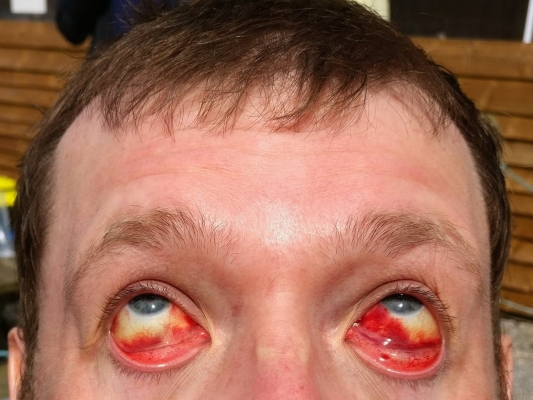
As soon as you equalise or return to the surface the equalisation pain should disappear. However, any bruising or capillary damage to the eyes will follow the usual course of recovery time for these types of injuries.
Can I Continue To Dive If I have Mask Squeeze?
The standard recommendation regarding diving after experiencing mask squeeze is that you should not dive again until any injuries have healed completely.
What Can I do To Prevent Mask Squeeze?
Preventing mask squeeze is simple. All you need to do is breathe out through your nose, into your mask to add air into your mask and therefore equalise. You should also consider the speed of your descent, the tightness of your mask before you descend and your overall health and general feeling of wellbeing prior to your dive.
Making your mask equalisation part of your ear equalisation is a good way to develop a safe equalisation routine, or at the very least equalise your mask whenever you experience a slight suction sensation on your face.
Here is what Emma says:
If you wear a mask when freediving then you will need to equalize the air space within it. Freedivers use specialized masks with a low internal volume, as the amount of air they have available to equalize the space in the mask is limited by the air they take down with them. The smaller the volume, the deeper and longer you can dive, as less of your precious air is will be required to equalize your mask.
If you fail to equalize your mask, then the capillaries in your eyes will burst due to the negative pressure. To equalize the mask, simply exhale a small amount of air from your nose into it.
A common problem is that freedivers either forget to equalize their mask, or they exhale too much air and the excess escapes out of the mask. Every bit of air that you take down with you on a dive is precious and you want to avoid losing any of it. Get your instructor or buddy to check that you are not losing air when you are equalizing.
On the way back up from a dive, the air space in the mask starts to expand. You will see this as escaping air from the mask of a diver. Once you are comfortable and confident with other aspects of your dive, I recommend sniffing this air back in as it starts to expand. As well as replenishing your air, I also feel it gives you a psychological advantage as you almost feel as if you are breathing again.
Some masks, such as the Aqualung Sphera, have plastic lenses and a flexible structure that moulds to your face as you descend, slightly reducing the amount of air needed to equalize. However, they do not suit everyone’s face, cause visual distortion under the water, and the lenses can pop out unexpectedly. Many deep freedivers decide to abandon the mask altogether, saving the air inside their lungs for equalizing their ears only, and use a nose clip and fluid goggles or no goggles at all, but for beginners we recommend sticking with a good quality, low volume mask.
For those who have been hibernating in an abyss somewhere, you may not have heard about Hektometer Freediving Goggles and the game-changing impact these are having on equalisation.
The way that Hektometer freediving goggles work is simple yet ingenious. As you dive down, the silicone membrane inside the frame of the goggles moves inwards towards each eye, and water enters the outside through a small slot in the frame of the goggles to compensate for the reduced volume. This reduces the airspace inside the goggles next to your eyes.
As you ascend, the air inside the freediving goggles expands, pushing the silicone membrane back outwards and expelling the water out through the slot in the frame. You can see how they work, here:
Hektometer freediving goggles equalise passively so you do not need to ‘do’ anything for them to equalise and protect your eyes. This is just amazing! You can read all about them in Emma’s review, here.
Mask Squeeze is a common condition experienced by freedivers, most often at quite shallow depths. Ensuring your mask is not too tight to begin with, paying attention to the pressure your face is feeling, together with effective equalisation should help prevent you from looking like you have done a few rounds in a boxing ring!
Learn to freedive with Go Freediving
Go Freediving is the longest established, most experienced and friendliest freediving course provider in the UK, led by world class freediving instructor trainer Emma Farrell, and her team of personally trained instructors. No other course provider has such a good instructor to student ratio, safety record and personal touch.
Whether you’re freediving in November or any other time of year, a beginner dipping your toes into the world of freediving, a seasoned pro looking to turn professional, or simply a freediver of any level who wants the best freediving holiday in the world, we’re here for you!
Also check out our online guide, The Beginners Guide to Freediving by clicking here!
Keep in touch with everything Freediving
Subscribe to our mailing list for weekly newsletters with exclusive articles, news, films, offers and more!
And check out You Tube!

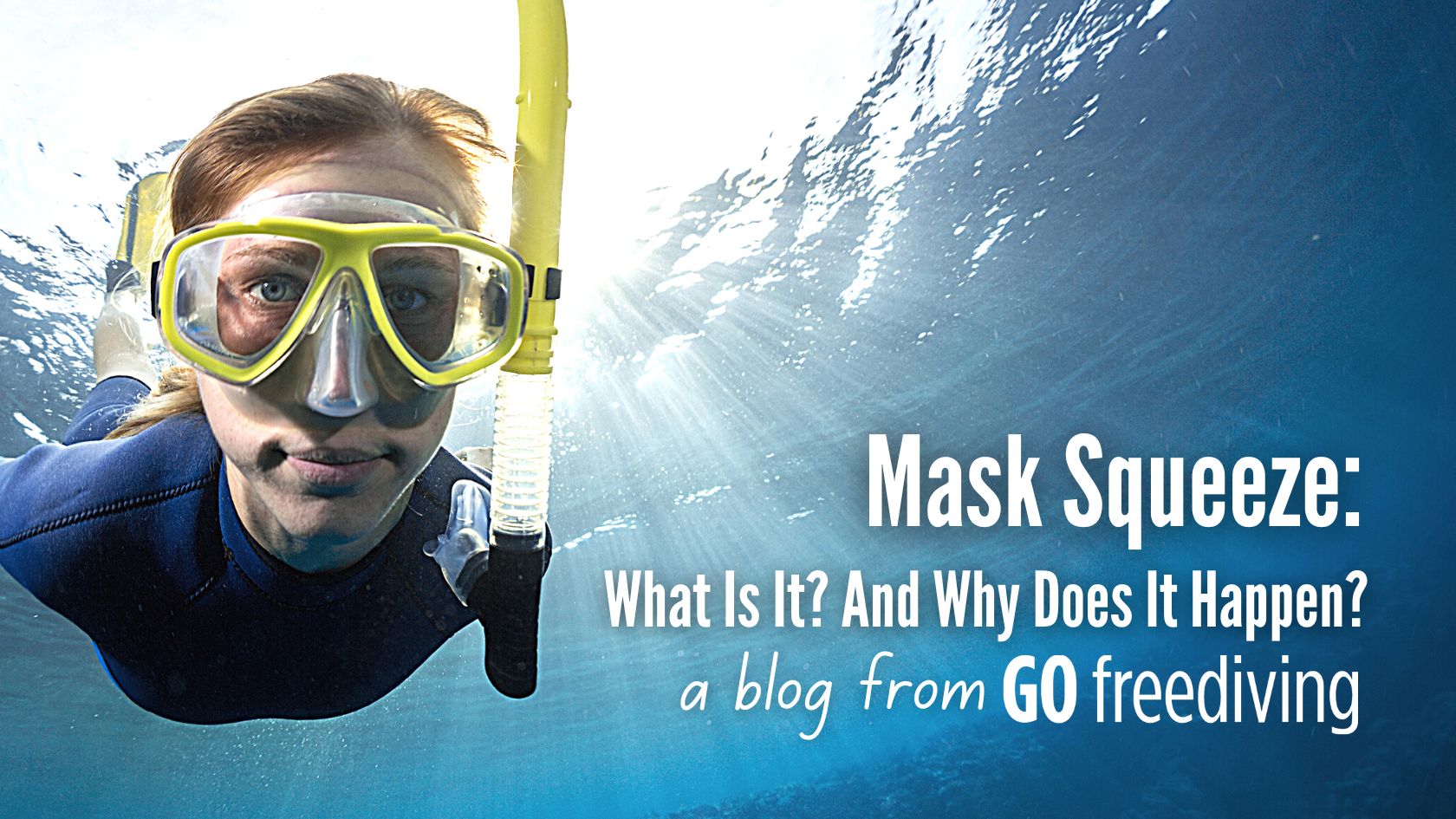
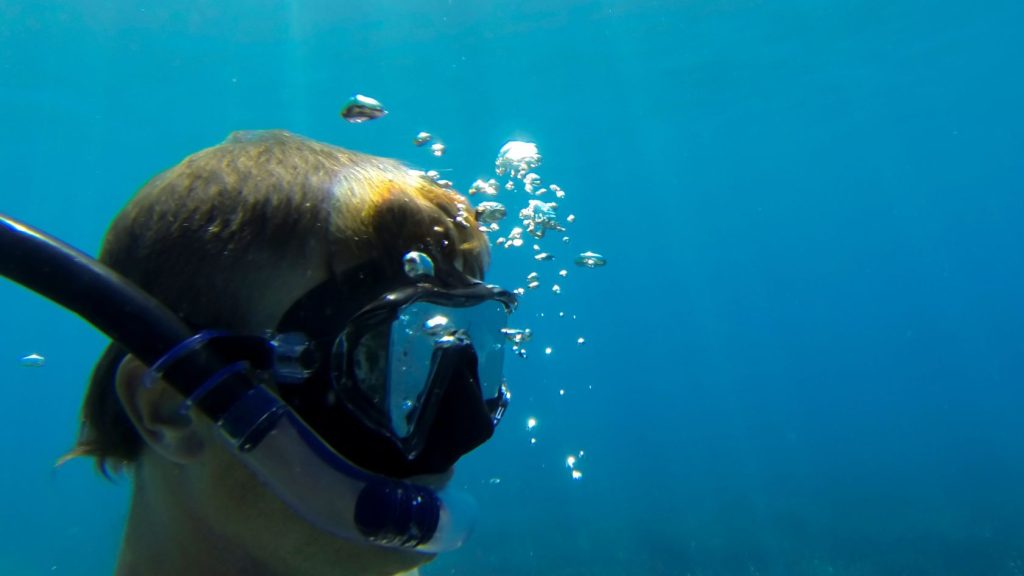
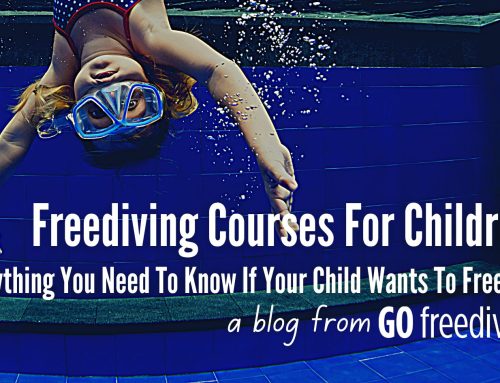
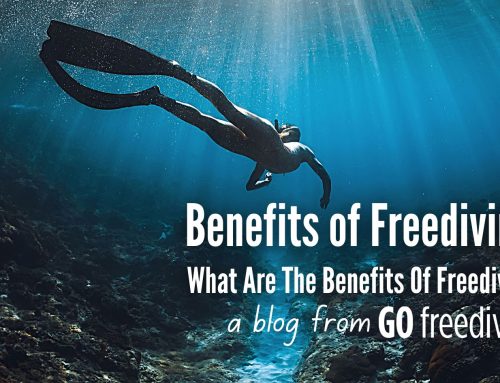
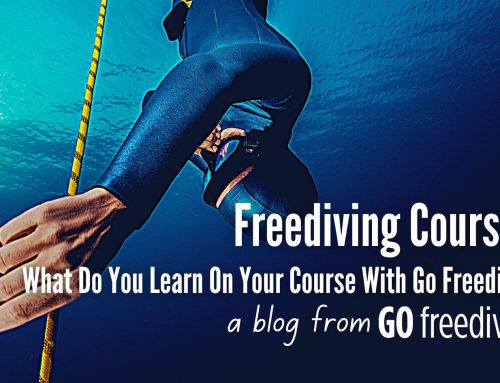
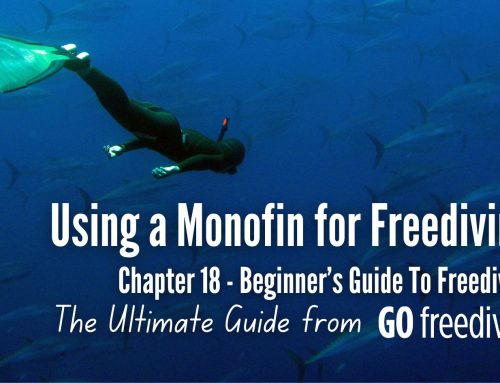

Leave A Comment